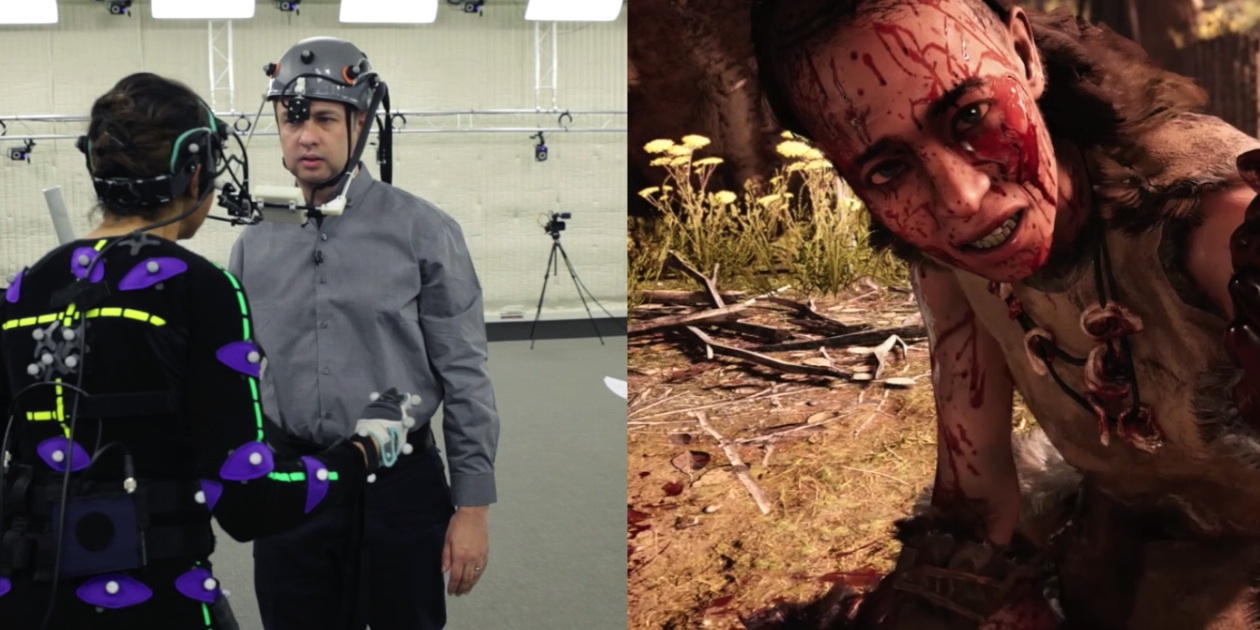I’m not vengeful person by nature, but when you come home from work to find most of your neighbours senselessly killed, there’s no choice but to round up whomever’s left to settle the score.
At least, this was the scene I played out recently at Ubisoft’s Toronto studio when the company offered a chance to get hands-on with the motion-capture technology used in Far Cry: Primal. Take a look.
If this seems like something only the likes of an Ubisoft could use, however, think again. In fact, the main reason I became interested in motion capture technology was its potential to assist in the creative storytelling brands are doing in ads and other forms of content.
Late last year, for example, Apple quietly acquired Faceshift, a startup that specializes in motion capture technology. Though what you see in the video above is quite customized and sophisticated, imagine what might happen if Apple scales it down to a feature on every iPhone or iPad.
Some motion capture opportunities available to marketers today include:
1. Corporate videos: Right now a lot of marketing videos are so cringe-worthy in their low production values they make the cable access shows of yore look good. A LinkedIn post published last year by Ken Roberts, head of marketing at Pathmatics, suggested that could soon change:
“While it may be three to five years before MoCap is as common as green screens are today, that doesn’t mean you can’t get the differentiation of advanced animation and reduced production,” he wrote. “Part of video’s power for marketing, branding, and advertising is that viewers respond to the emotion of stories, voices, body language, and facial expressions. 2D character animations tap into some of that power. Realistic motion capture and 3D animations take it to a new level.”
2. OOH and Geo-location: Not long ago, Mobile Marketing Magazine in the U.S. profiled an interesting case study about data storage giant EMC (recently bought by Dell), which promoted its Hybrid Cloud product by setting up the Hybrid Cloud Walk, which used mo-cap to have clouds that follow the movements of those strolling through Frankfurt’s airport. The project, which involved xAd and Posterscope, is an idea well worth stealing.
3. TV spots: Mo-cap is not really new in the world of commercials. It’s more a case of finding the right subject and story. M&Ms’s ad using the technology to bring a new character, “Crispy,” to life while seated next to Dr. Joyce Brothers shows exactly what kind of results you can achieve.
Action item: Even if you’re not developing creative as complex as Far Cry Primal, think about whether (and how) mo-cap could enhance the brand experience you’re trying to shape. How might this influence your use of video? What does successful execution with this technology look like?
Videography by White Lioness Media











